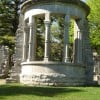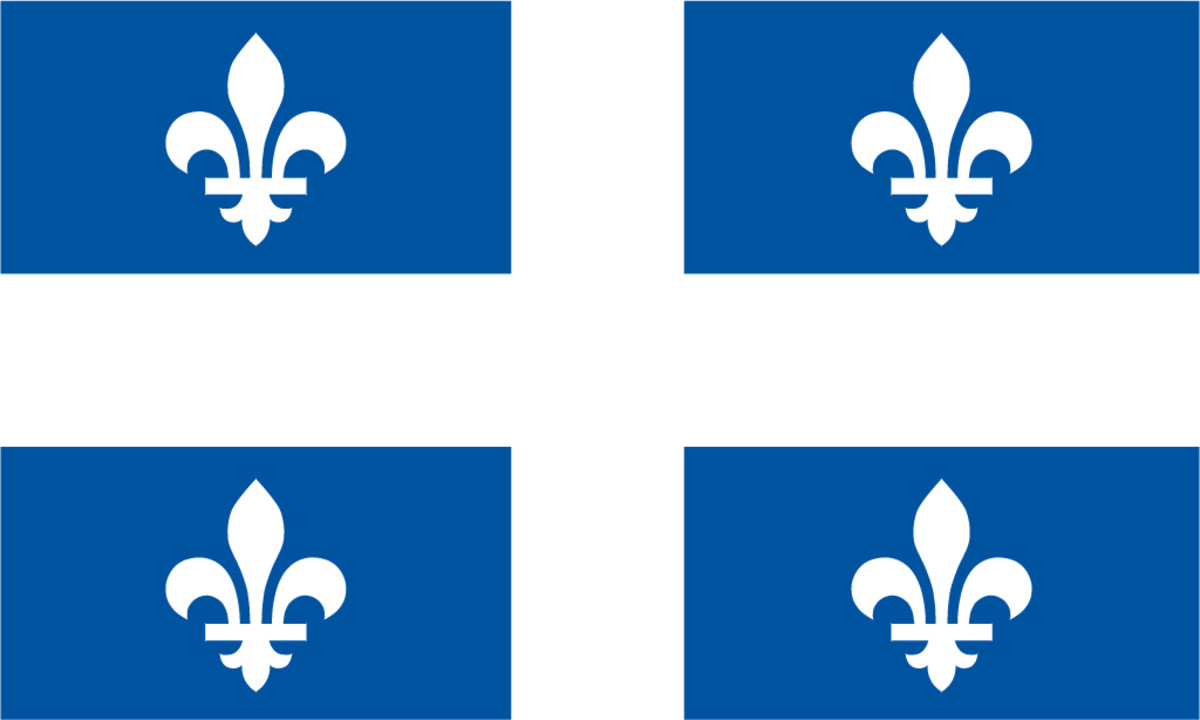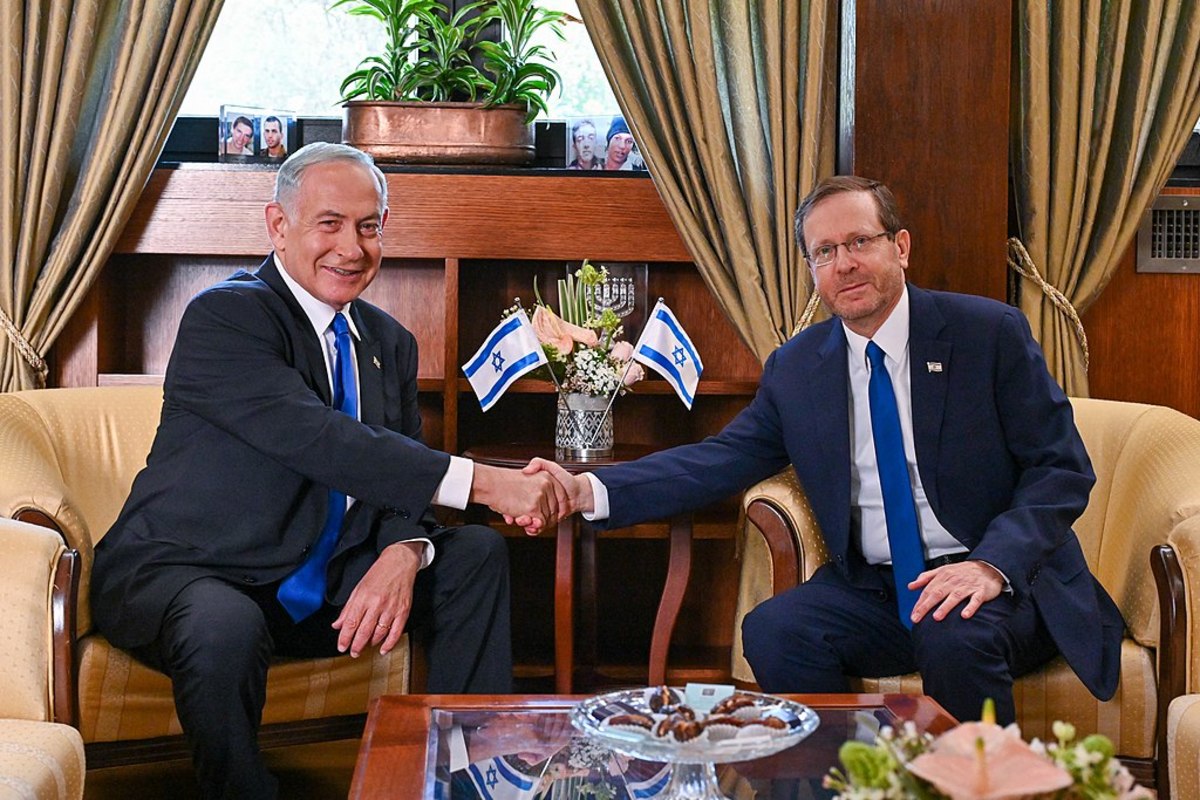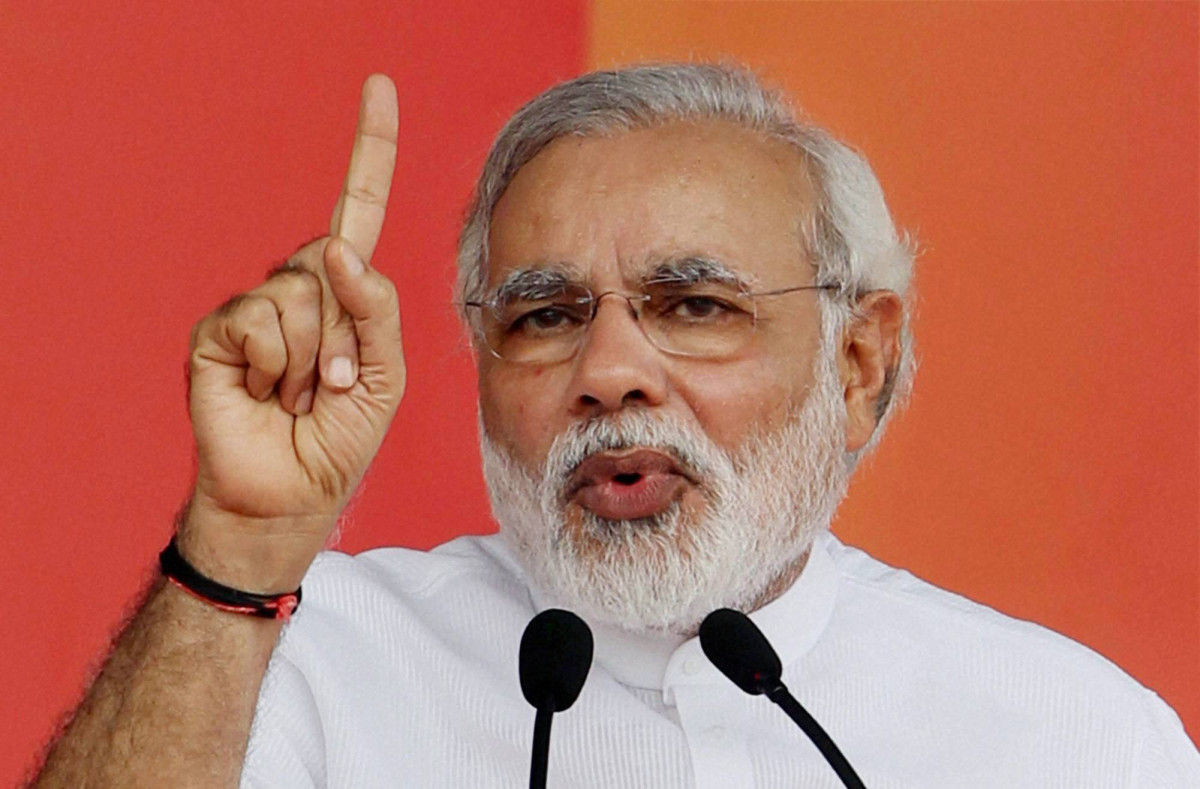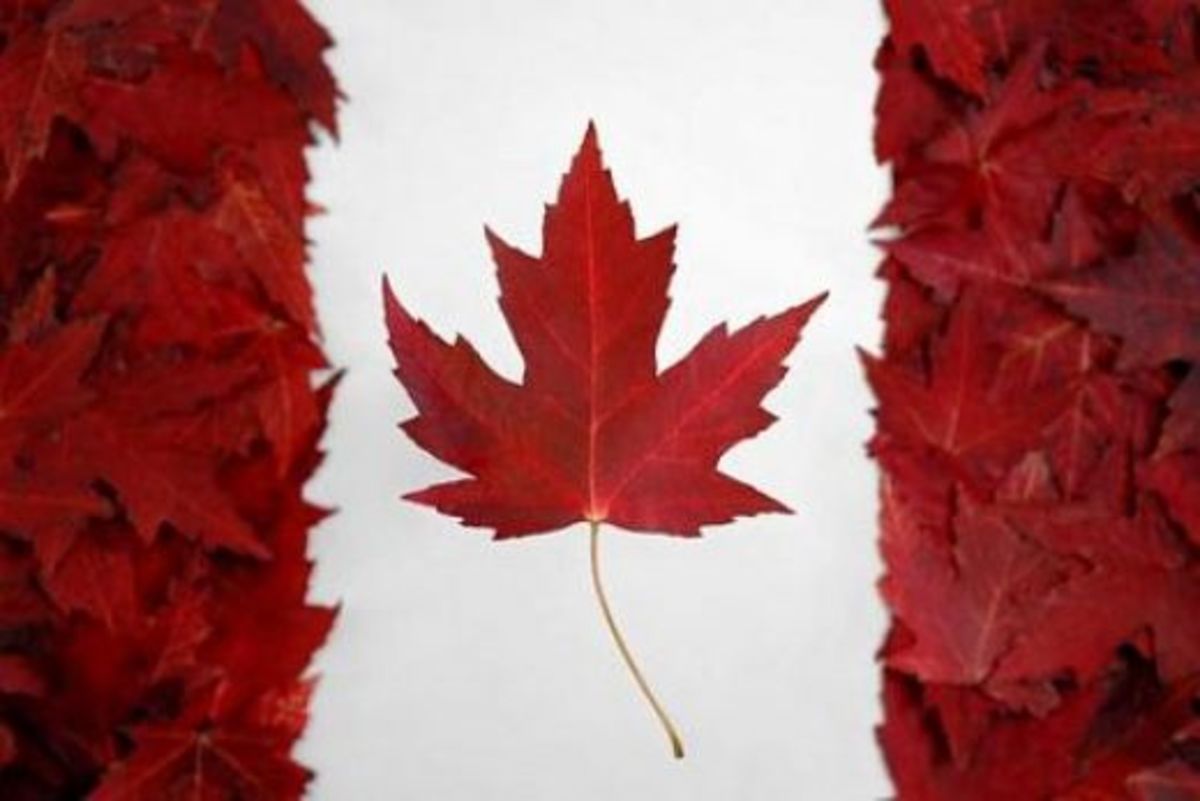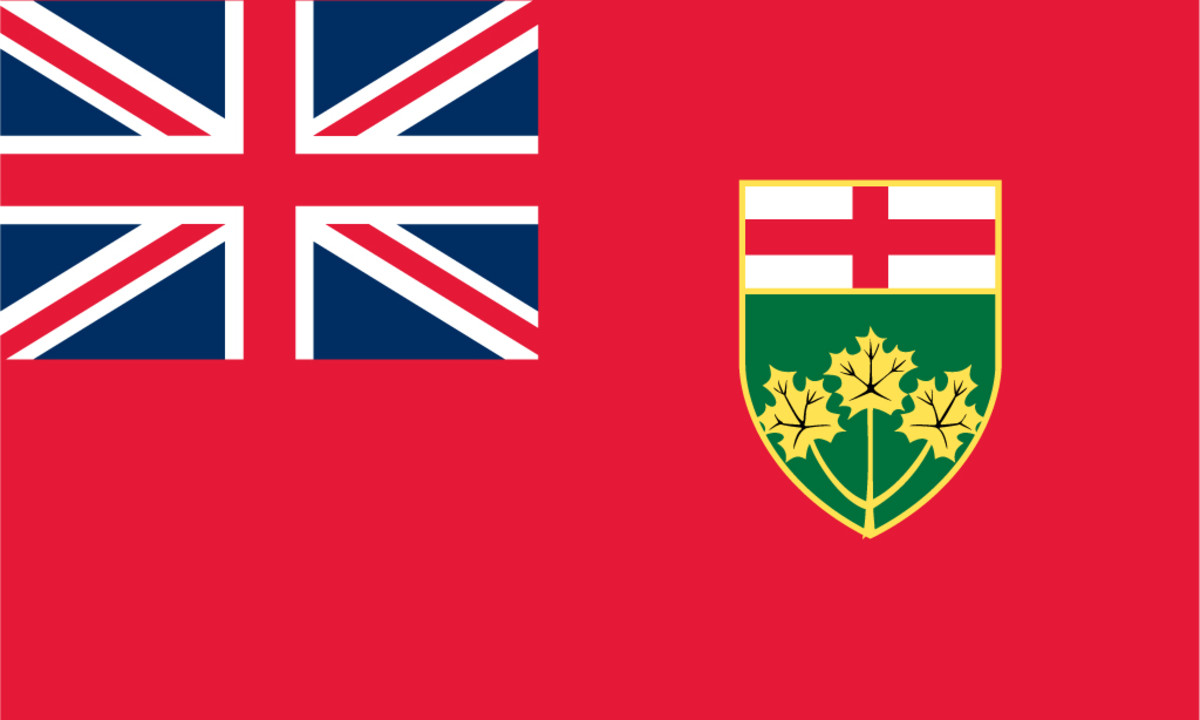Visiting Laurier House, Ottawa, Ontario: remembering three, not one, Canadian Prime Ministers
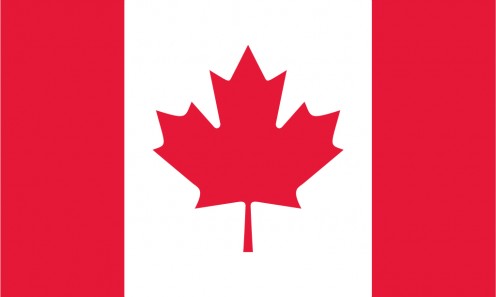
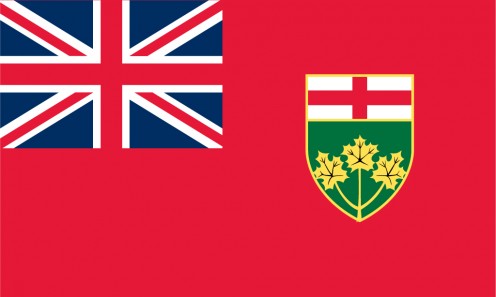
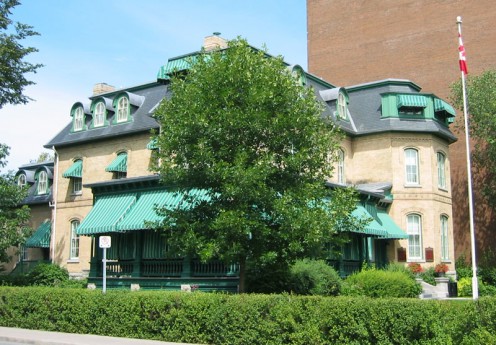
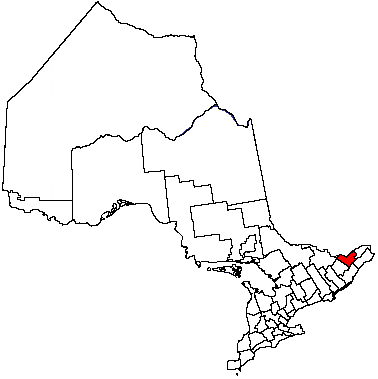
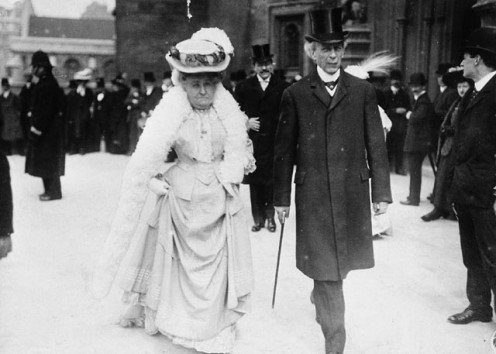
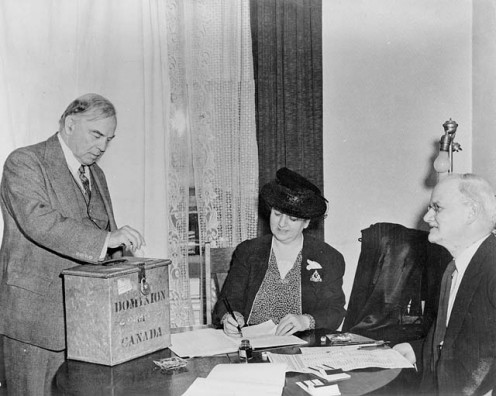
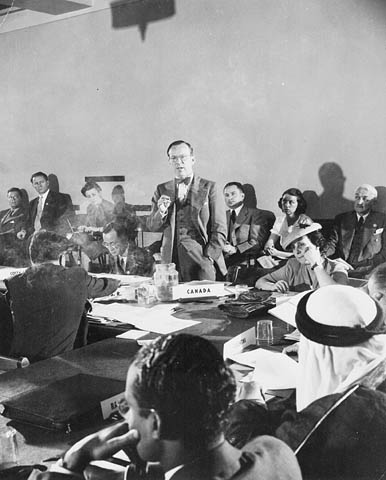
Sir Wilfrid Laurier and William Lyon Mackenzie King (but why Lester B. Pearson?)
Despite its name, this historic house in Ottawa's Sandy Hill district, dating from 1878, commemorates three Canadian Prime Ministers: Sir Wilfrid Laurier (1841-1919) — of course — but also William Lyon Mackenzie King (1874-1950), and Lester B. Pearson (1897-1972).
Ottawa jeweller John Leslie had owned land in the Sandy Hill district since 1850, well before Confederation. But after the establishment of the Dominion of Canada in 1867 and the designation of Ottawa as its capital, land in the Sandy Hill district greatly increased in value, offering prime sites for the residences of professional people. It was against this background that Mr Leslie decided to have a house built here.
The architect for the house, was James Mather. The style of this asymmetrical, three storey property at 335 Laurier Avenue, East incorporates Italianate elements with Second Empire influences such as the mansard roof and projecting bays.
The Right Honourable Sir Wilfrid Laurier
The link with Sir Wilfrid and Lady Laurier began when they acquired the property in 1897, not long after Sir Wilfrid succeeded Sir Charles Tupper as Canadian Prime Minister in 1896, serving in that capacity until 1911. Sir Wilfrid was also Dominion Liberal leader from 1887 until his death in 1919. One the perennial themes of Sir Wilfrid's leadership was Canadian national unity. In the years prior to World War One, the British Imperial identity of Canada was often stressed, and Sir Wilfrid considered himself thoroughly British, albeit also a Canadian who sought to emphasize Canada's independent identity within the Empire. However, as Opposition leader in World War One, Sir Wilfrid Laurier steadfastly omitted to support conscription.
At Laurier House, the Lauriers would often entertain political colleagues. Zoé, Lady Laurier was noted as a poker player. From time to time she would incur tickets for traffic violations; Sir Wilfrid was known to prefer to travel in Ottawa by streetcar.
Sir Wilfrid was a great reader and Laurier House acquired a collection of at least 5,000 books. Sir Wilfrid and Lady Laurier kept the property until the death of Sir Wilfrid in 1919, and Lady Laurier continued to live there until her death in 1921.
The house is as much a commemoration of Lady Laurier as it is of her husband, I think. It was Lady Laurier who lived there after her husband's death and willed it to William Lyon Mackenzie King, who went on to be Canada's longest serving Prime Minister. In other words, Laurier House is a tribute to the generosity and thoughtfulness of Lady Laurier. If Mr. King in some sense 'inherited' the Liberal leadership from Sir Wilfred, he certainly inherited Laurier House from Lady Laurier.
The Right Honourable William Lyon Mackenzie King
As the excellent Parks Canada guides at Laurier House will tell visitors, at the House there is really far more commemoration of Mr King than there is of Sir Wilfrid. Some Prime Ministers treat their time in Canada's capital as a great opportunity to pursue conviviality and back-slapping with their political friends (not to say, back-room deals in — formerly — smoke-filled rooms). Mr King wasn't like that. At all. He even made it a matter of principle not to meet people if he could possibly help it. Although he did receive distinguished guests at Laurier House from time to time, the House also assisted him in his strenuous efforts not to meet people.
The study of Mr. King, used for years as his unofficial office, is probably the most fascinating room in the house for many visitors. His crystal ball is still on display. I remember having an interesting conversation with a Parks Canada guide about the extent to which Mr King really believed he was speaking to Leonardo da Vinci, his deceased mother, and so forth, via his crystal ball. The answer to this is probably along the lines of what President Clinton might say: it depends what you mean by 'believed'.
As with the Lauriers, the House was essentially the private residence of Mr King (who was, however, a bachelor); thus, his periods out of Prime Ministerial office in 1926 and from 1930 until 1935 did not affect his occupancy of Laurier House. Having become Dominion Liberal leader in 1919, Mr King served as Canadian Prime Minister for over 22 years; namely, from 1921 until 1926, from 1926 until 1930 and from 1935 until 1948, when he relinquished both Prime Ministerial office and the Liberal leadership to Louis Saint-Laurent. Again, like Sir Wilfrid's, William Lyon Mackenzie King's leadership style, though not at all demonstrative, stressed Canadian national unity. He was out of office during some of the more difficult Depression years, but served as a firm war leader in World War Two, balancing military needs, the expectations of the British government and English Canada and seeking to respect as far as possible the sensibilities of French Canada, although he felt compelled eventually to impose conscription in the closing months of the war. Mr King's government laid the foundations for Canada's welfare state; but he also had to contend with the unmasking of a Soviet spying plot in 1945, the parameters of which rapidly coalesced into the Cold War. If Sir Wilfrid's period of office coincided with widespread Canadian assertion of its British identity, yet Mr. King's long periods of office were marked by Canada's increasing economic and strategic integration with the United States, especially during World War Two.
After the death of W. L Mackenzie King in 1950, with the House having been bequeathed to the Government and people of Canada, there seemed to exist an option for this house to become the permanent, official residence of the Prime Minister of Canada. However, in 1946 the Federal Government had already evicted the previous owner of 24 Sussex Drive, Ottawa, where, by 1950, Prime Minister Louis Saint-Laurent, was residing and between which, and his other house on the Grande Allée , Quebec (1), he was by all accounts, quite satisfied with alternating. A more subtle reason may have been in order not to leave Laurier House open as a residence for a future Conservative Prime Minister. (Herein, also, may lie a clue as to why Laurier House was chosen to commemorate Lester Pearson; see below.)
The Right Honourable Lester B. Pearson
In any case, the third Canadian Prime Minister to be commemorated at Laurier House is Lester Bowles Pearson (1897-1972). The former diplomat, who was often called 'Mike', seemed to cultivate an image of being everyone's favourite sports coach, and being Not John Foster Dulles.
But there was more to him than met the eye. The flag issue gets considerable attention in the room at Laurier House where his memorabilia is displayed. This is maybe part of the reason why there were subtle recesses to Lester Pearson's character which were not immediately apparent. It is not as widely understood as it should be why the flag issue was so linked with Mr Pearson's career as a diplomat. This career, rather than his later one as a public representative and subsequently Prime Minister, is pivotal for the flag issue. Whether or not it is widely appreciated, Mr Pearson basically acted as if Egypt's General Nasser had a veto over the Canadian flag. Proof? When General Nasser declined Canadian peacekeepers because he said he didn't like the design of the Canadian Red Ensign, Mr Pearson's attitude was, I'll change it, then. And so he did, once he was Prime Minister. (After his death, it emerged that he was a secret republican, too, though it is probable that some of his former colleagues were aware of this.) And, by the way, aesthetically I happen to like the Maple Leaf flag, but I don't understand why — with Mr Pearson's timeline of actions speaking louder than words — Mr Nasser had a veto on Canadian flag designs.
In any case, while for Mr Peason's opponent John Diefenbaker irascibility was an art form, Mr Diefenbaker may have had a point when he said that with the flag issue, Mr Pearson, for all his talk of unity, had actually managed to divide Canadians deeply. And while Mr Diefenbaker may equally have been expressing his customary irascibility when he said that Mr Pearson shouldn't have received the Nobel Prize for Peace, yet according to the presentation of the Lester Pearson memorabilia at Laurier House, the Nobel Prize and the events around the flag were supposedly among his main achievements.
At the time of writing, a Liberal resides at neither 24 Sussex Drive, nor at Stornoway, official residence of the Leader of the Opposition (I am not going to say whether this is good, bad or indifferent). But from a purely historical perspective, the link between Lester Pearson and Laurier House is rather tenuous. While it may be that the Pearson memorabilia was installed at Laurier House during a time when a Liberal was either Prime Minister or Leader of the Opposition, yet this does not in itself make the actual connection with Mr Peason any less thin (2). However, I won't go into the question of whether the taxpayer is served well by such an arrangement (let others, not me, argue about this). Let my stated lack of comprehension be purely from an historical standpoint. I do get the impression, however, that Parks Canada (whether it states it or not) does see part of its essential vocation as being to assert Canadian Federalism.
So: there is a case for commemorating Prime Minister Pearson, but I am clueless as to what the real, historical link is with Laurier House. The Parks Canada guide who spoke with me didn't seem to know, either.
Laurier House a symbol of Canadian Federalism?
I am departing from my usual practice of my hubpages about North American places by supplying not only the appropriate Provincial (or US state) flag but also the Canadian flag: this seemed appropriate, given the particular, Federal vocation of the three historical figures commemorated here at Laurier House. (There: I am sounding like a Federalist Liberal already... .)
Maybe therein lies part of the essential secret of Laurier House, designated a National Historic Site of Canada in 1956: its eloquent value as a Federal Canadian symbol?
Notes
(1) Mr. Saint-Laurent's house at 201 Grand Allée, Est, Quebec, where he lived for the remainder of his life until 1973, is now also a museum.
(2) Part of the problem is thus that none of the houses where Lester B. Pearson lived has been available for designation as a museum; 'Mike', as he was widely called, having taken his distance quietly 'playing his flute', as it was stated at his memorial service.
The Federal Government certainly plays a delicate role in the process of commemorating former Prime Ministers: when John Diefenbaker's estate wanted to make available his former residence as a museum, its response was 'Thanks, but no thanks'. This, despite Mr. Diefenbaker's outspoken vision of Canadian Federalism, and his authorship of 'One Canada'. (One could also say that if the Federal Government is looking for a suitable heritage property with value for a Federally-related commemoration, it could look no further than the Old Schoolhouse and Library at Greenwood, Ontario, where Mr. Diefenbaker went to school, taught by his schoolmaster father.)
On the other hand, the striking Bellevue House, at Kingston, Ontario, is now a well-endowed museum to the memory of Sir John A. MacDonald — even though he lived there hardly more than a year, at a time when he was unfavourable towards the notion of Confederation.
Also worth seeing
The visitor attractions of Ottawa are too numerous to summarize adequately here, but these include: The Parliament of Canada, Parliament Hill; Chateau Laurier; the National War Memorial; the Rideau Canal; Rideau Hall, residence of Canada's Governors-General, and many museums.
Further afield, the Mackenzie King Estate (Domaine Mackenzie King ), Chelsea , Quebec (distance: approx. 15 kilometres), situated in Gatineau Park (Parc de la Gatineau ), is open to the public.
...
How to get there: Air Canada flies from various North American destinations to Ottawa Macdonald-Cartier International Airport / Aéroport international Macdonald-Cartier d'Ottawa; car rental is available; however, visitors may wish instead to use OC Transpo public transit for travel within the Ottawa / Gatineau area. Please note that some facilities may be withdrawn, without notice. For up to date information, please check with the airline or your travel agent.
MJFenn is an independent travel writer based in Ontario, Canada.
Other of my hubpages may also be of interest
- Visiting Quebec's Gatineau and its 'Maison du Citoyen': cultural efforts with an international dimen
- Visiting Downtown Gatineau: hub of Quebec's fourth largest city
- Visiting Pink Lake, in Quebec's Gatineau Park: secrets of the deep preserved and respected
- Visiting Quebec's Moorside at the Mackenzie King Estate, Chelsea: memories of F D Roosevelt and Wins
- Visiting Woodside, Kitchener, Ontario: boyhood home of William Lyon Mackenzie King and National Hist
